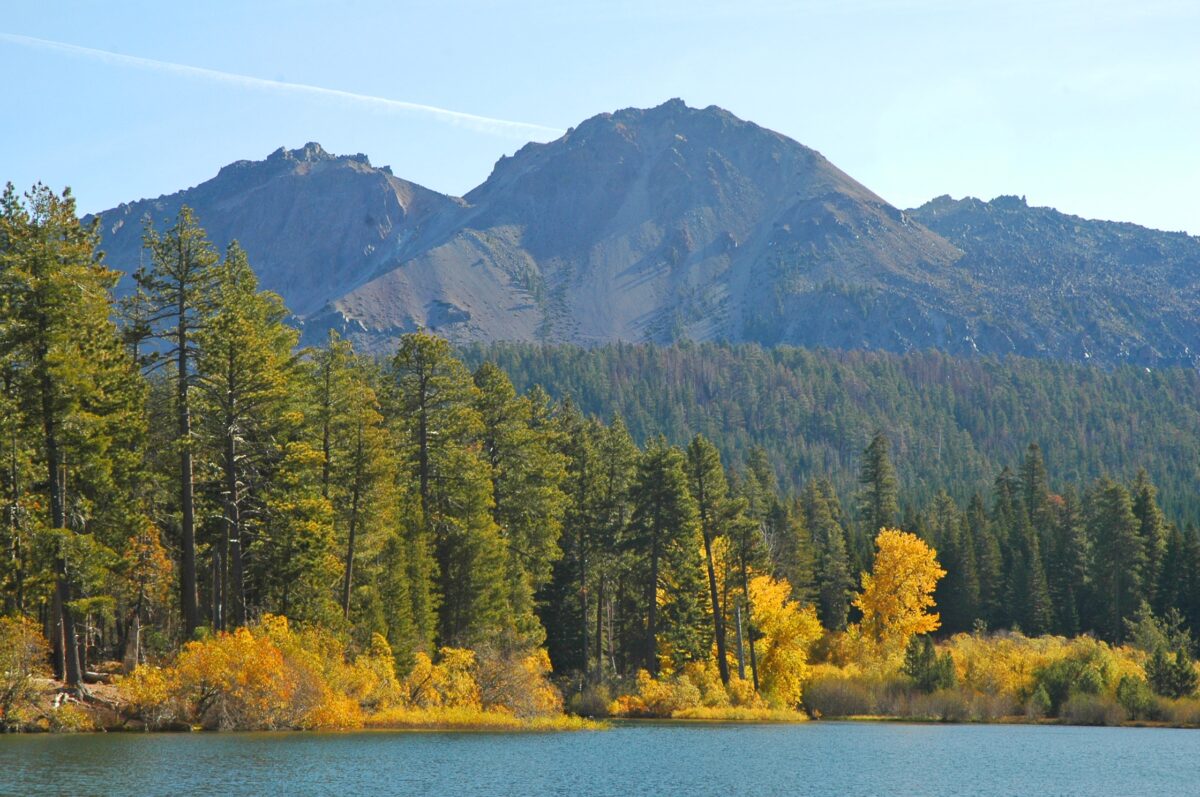Watch out for falling rocks, especially if you visit Rocky Mountain National Park. On June 28, a rockslide occurred on Hallett Peak’s south side and tumbled into Chaos Canyon. In response, the park closed the area to all park guests. The park reported no injuries from the rockfall event but advised continued caution as forecasted storms may cause further rock activity.
Local climbers and boulderers expressed their shock at the massive rockslide. For these adventurers, rockfall can be a life or death situation. Front Range climbers Jeremy Fullerton, William Mondragon, Mike Vice, and Levi Van Weddingen were bouldering nearby moments before the fall.

“It was an apartment-sized rockface coming loose,” Fullerton told Climbing.com. “The whole hillside turned into mud, and the snow from the permafrost was turning it into a river. At that moment, we started to run.”
While rockslides are common in rocky, mountainous areas, they can still be dangerous and significantly impact the terrain. Until the site and weather conditions stabilize, the falling rocks’ full effect on Chaos Canyon will likely remain unknown.
What comes next after such a major rockslide? According to geologist Hayden Miller at the Los Almos National Laboratory in New Mexico, “after a rockslide, the area will remain unstable in freeze-thaw cycles for years to come.”
Images via NPS
